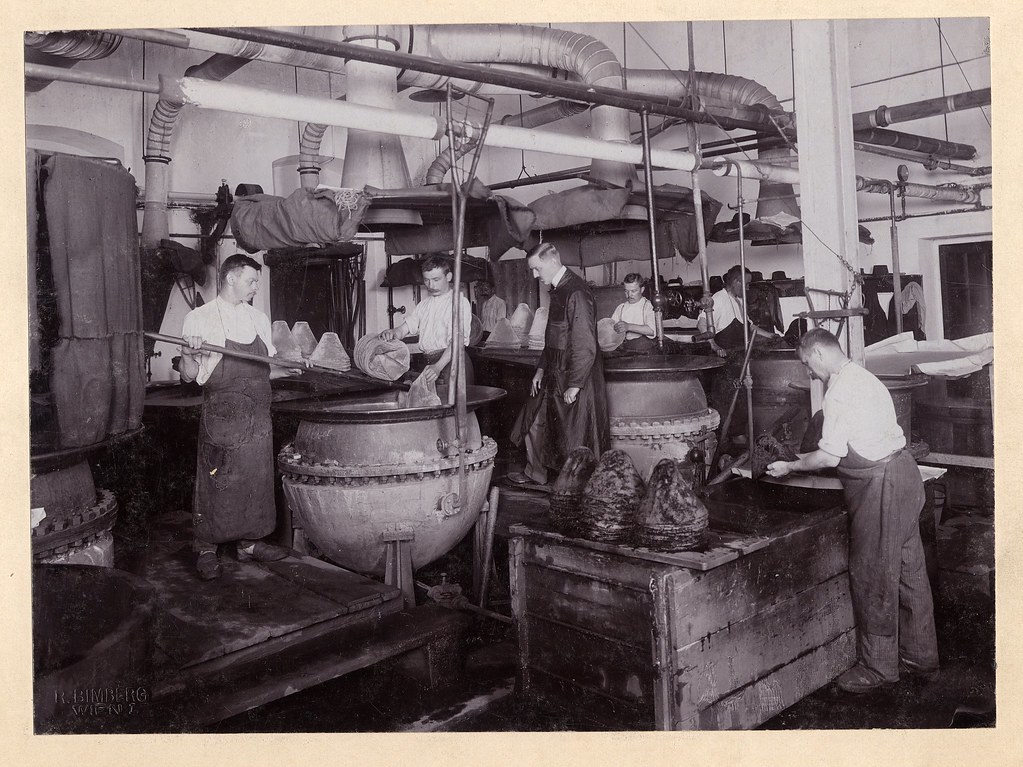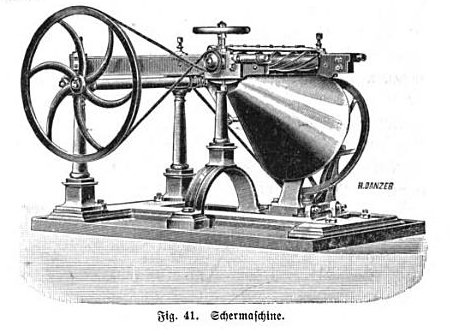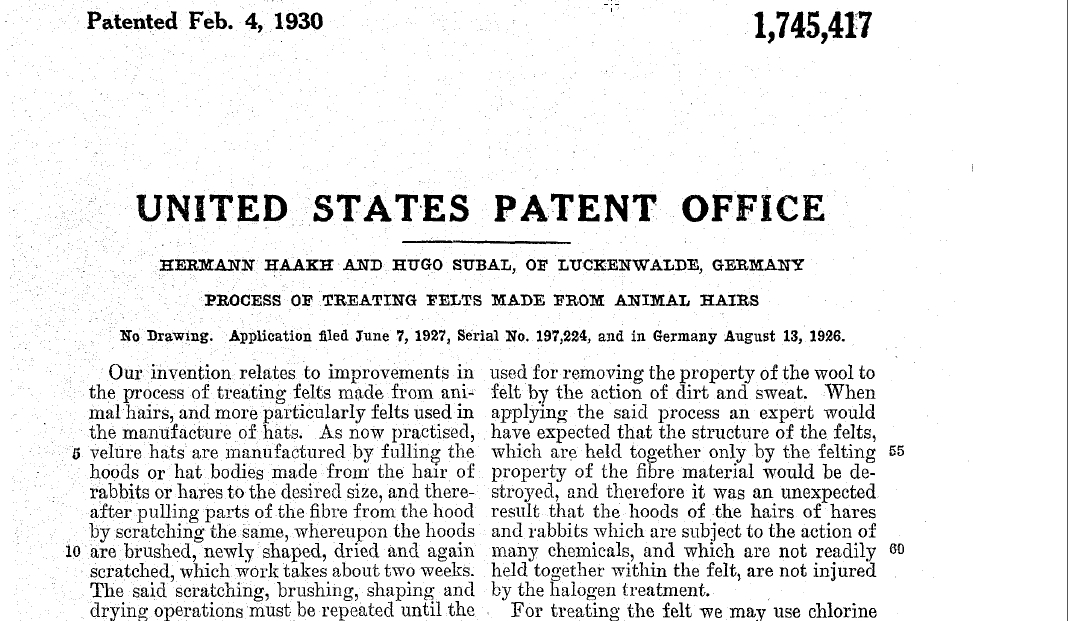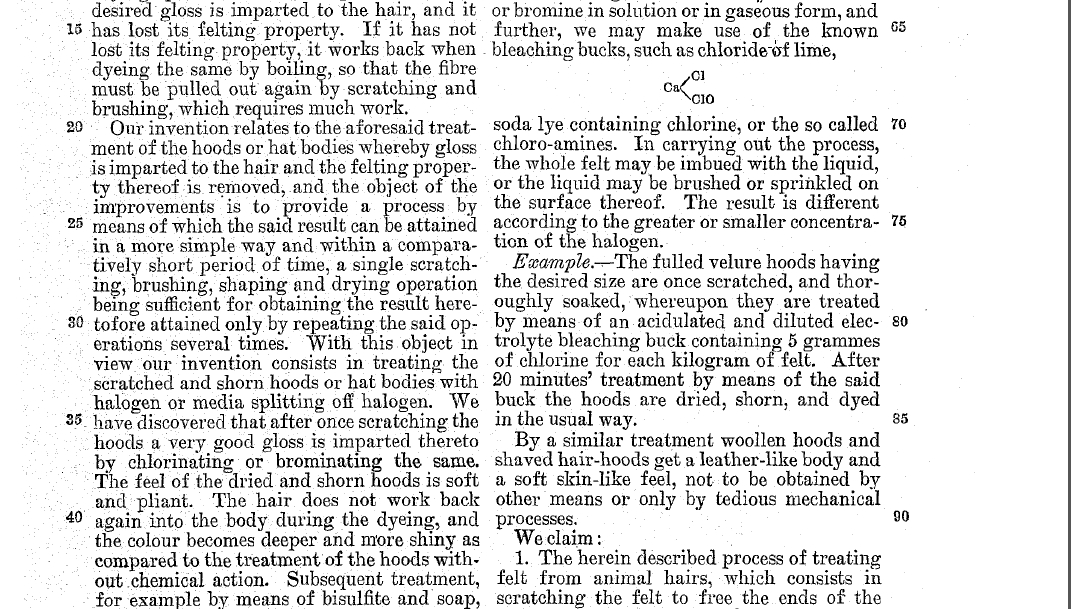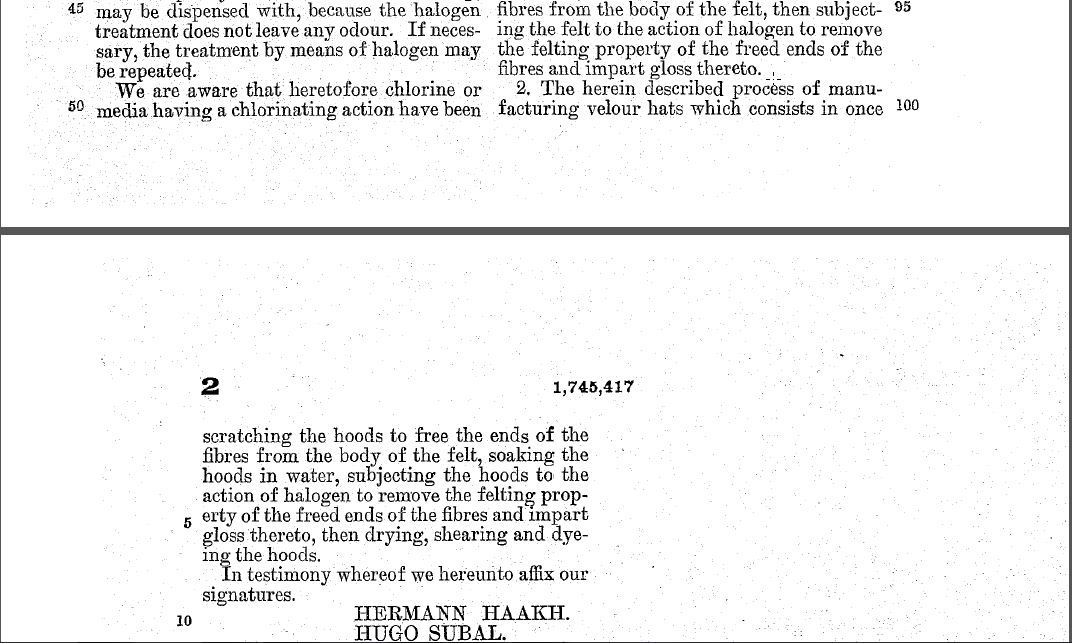jhe888
One of the Regulars
- Messages
- 265
- Location
- Texas, United States
I have Googled for information about velour felt, with very little success.
Who can tell me about it, or provide a link to something? I believe it is fur felt, but know little more than that. Is it a different fur, a different way of making the felt, a different finish to the same basic felt, or a combination of those?
Is it made any more?
Once it is a hat, does it need different treatment or behave differently than "regular" felt?
And, of course, who can post some photos?
I hope this will generate more than just a quick answer, so I started a thread instead of adding this to "Ask a question."
Thanks.
Who can tell me about it, or provide a link to something? I believe it is fur felt, but know little more than that. Is it a different fur, a different way of making the felt, a different finish to the same basic felt, or a combination of those?
Is it made any more?
Once it is a hat, does it need different treatment or behave differently than "regular" felt?
And, of course, who can post some photos?
I hope this will generate more than just a quick answer, so I started a thread instead of adding this to "Ask a question."
Thanks.



